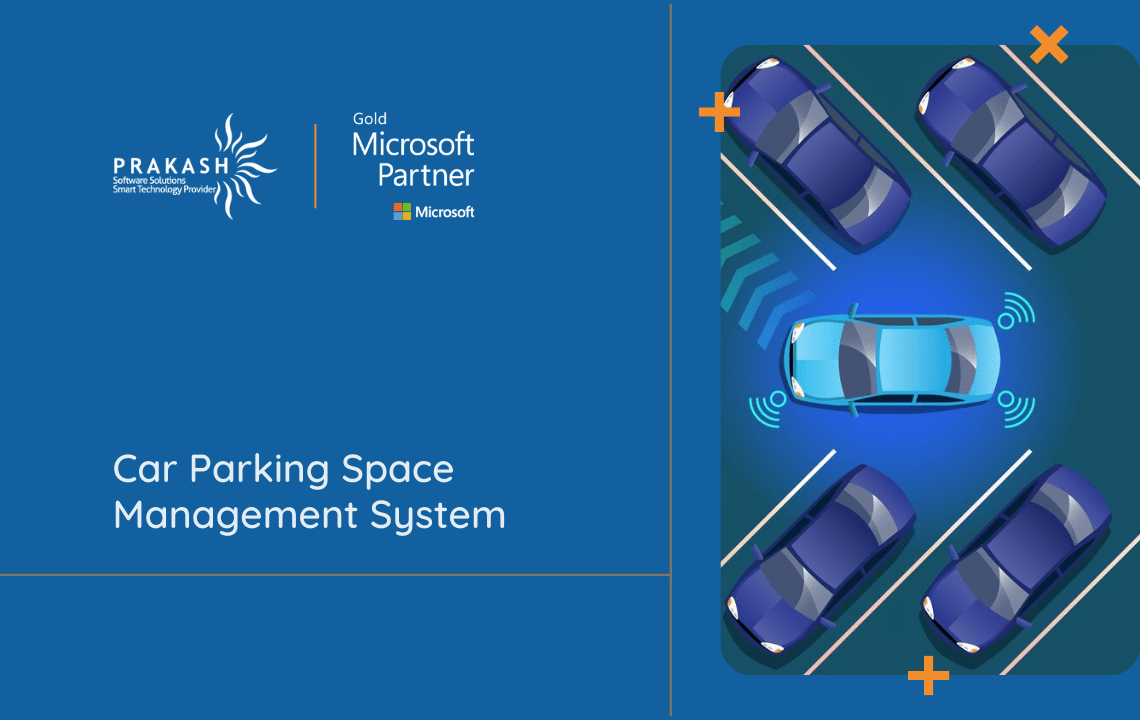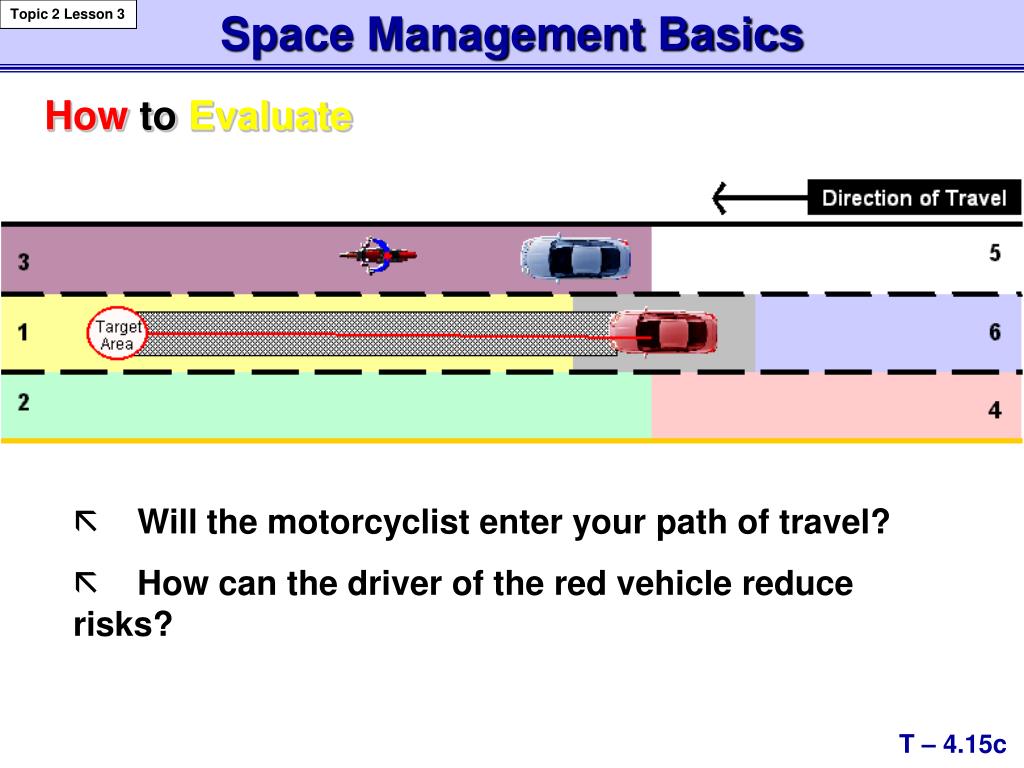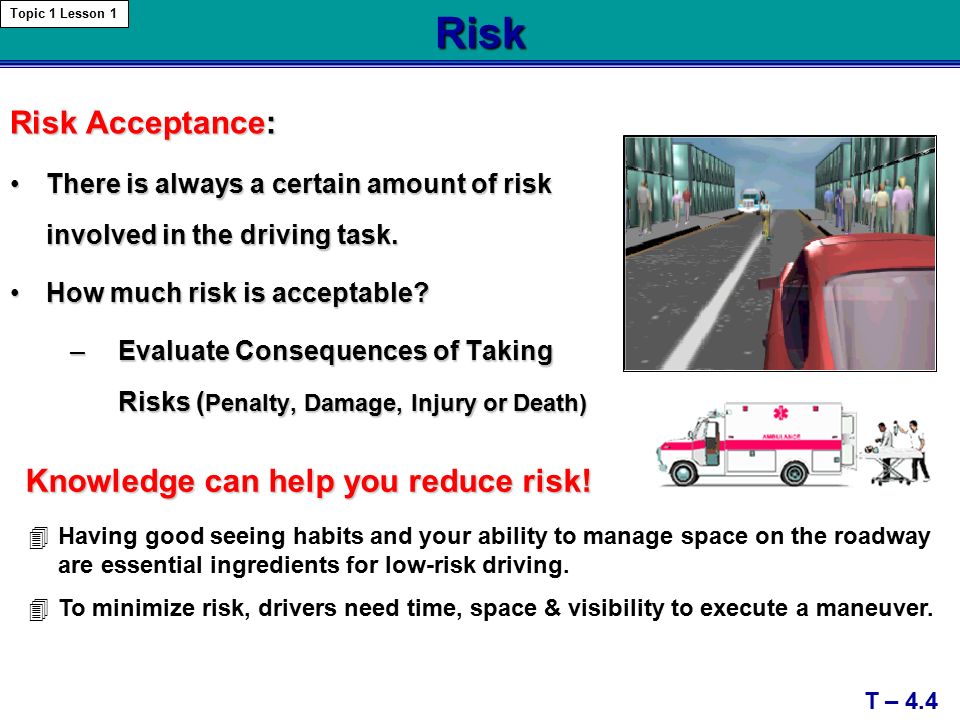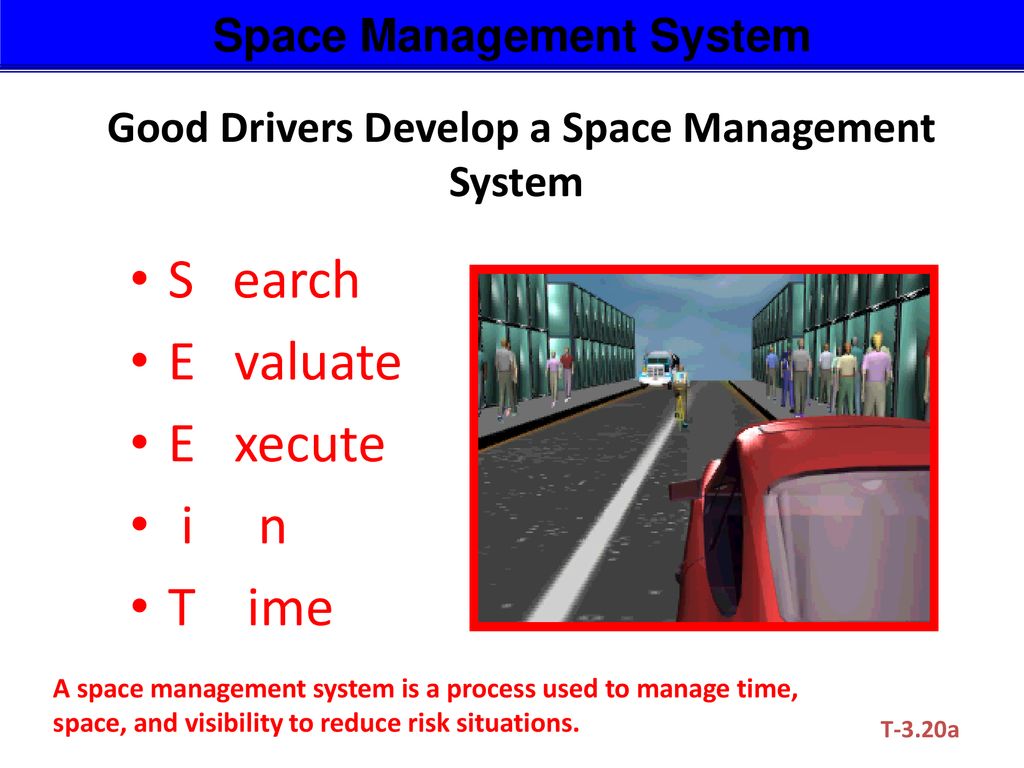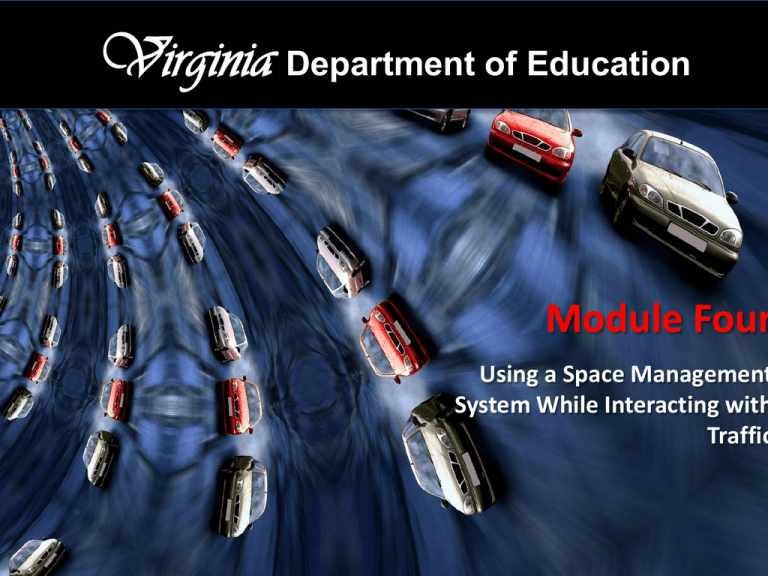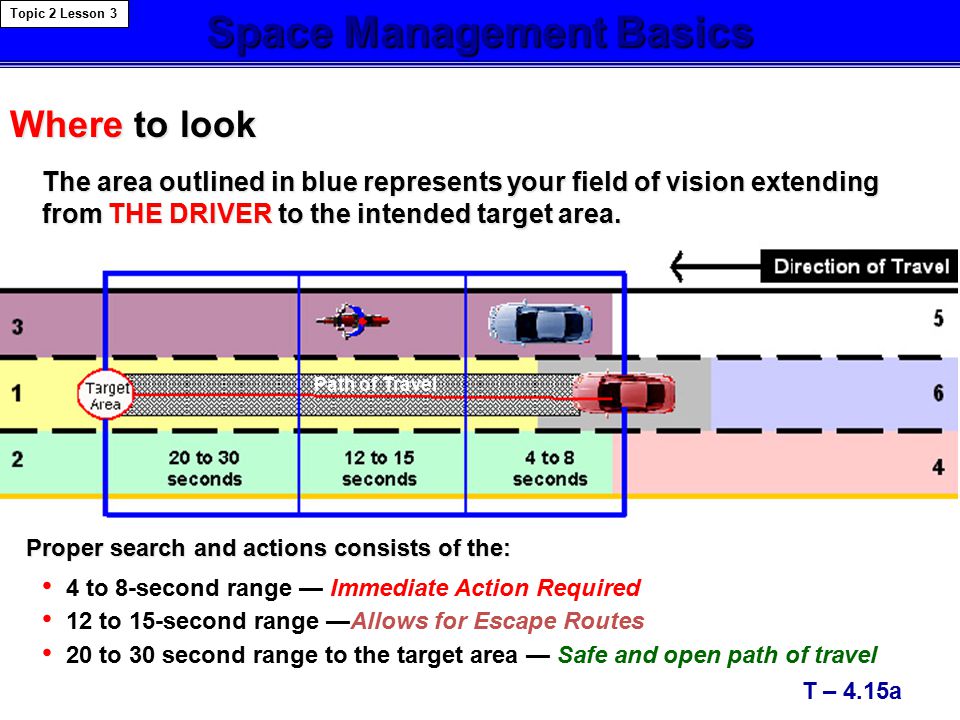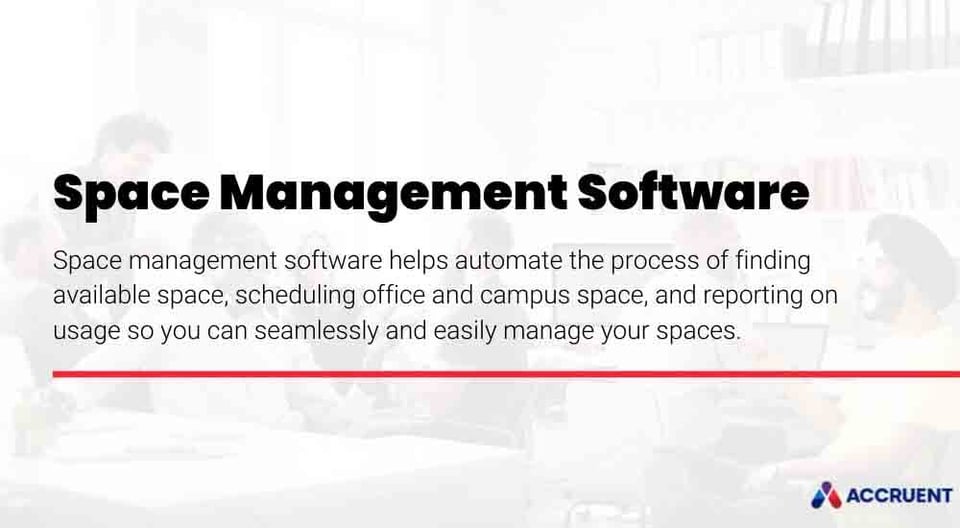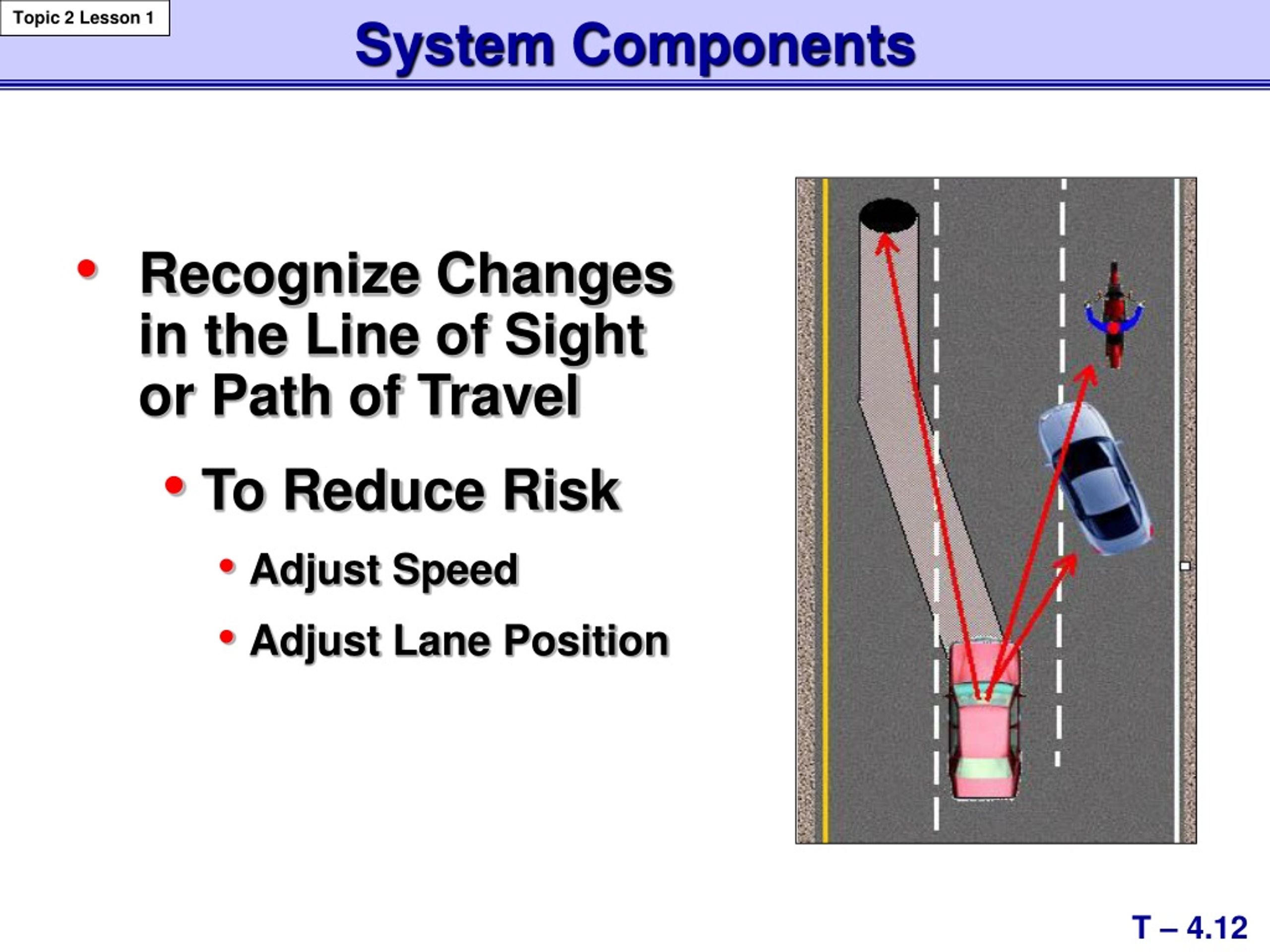Drivers Need A Space Management System Because
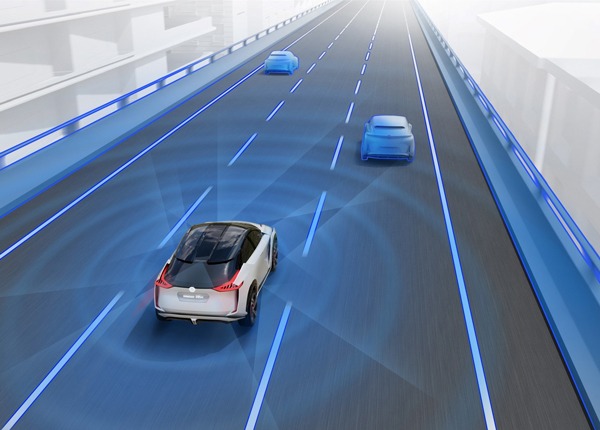
Gridlock is strangling cities and highways across the nation, and a surge in accidents is overwhelming emergency services. Experts are demanding immediate action: drivers urgently need a comprehensive space management system to regain control of our roadways.
This crisis, fueled by increased traffic volume, distracted driving, and inadequate infrastructure, is causing economic losses, environmental damage, and, most importantly, preventable deaths. The implementation of an advanced space management system is no longer a luxury, but a necessity for survival on our roads.
The Crisis on Our Roads
Traffic congestion cost Americans $190 billion in 2019, according to the Texas A&M Transportation Institute. This figure represents lost productivity and wasted fuel, a burden carried by businesses and individuals alike.
More alarming is the rise in traffic fatalities. The National Highway Traffic Safety Administration (NHTSA) reported over 42,000 traffic deaths in 2022, a significant increase from previous years. This grim statistic underscores the urgent need for safer driving conditions.
Distracted driving is a major contributor to these accidents. Mobile phone use, in-car entertainment, and other distractions divert drivers' attention, leading to delayed reactions and increased crash risk.
What is a Space Management System?
A space management system utilizes technology to maintain safe distances between vehicles. This can be achieved through various methods, including Adaptive Cruise Control (ACC) and Automated Emergency Braking (AEB).
ACC uses sensors to monitor the distance to the vehicle ahead and automatically adjusts speed to maintain a safe following distance. AEB, on the other hand, automatically applies the brakes to prevent or mitigate a collision.
These technologies are not intended to replace drivers, but to assist them in maintaining a safe and consistent distance from other vehicles. The goal is to reduce reaction times and prevent accidents caused by human error.
Benefits of Implementation
The widespread adoption of space management systems promises numerous benefits. Reduced accidents, decreased congestion, and improved fuel efficiency are just a few potential outcomes.
A study by the Insurance Institute for Highway Safety (IIHS) found that AEB systems can reduce rear-end collisions by up to 50%. This translates to fewer injuries, fewer fatalities, and lower insurance costs.
Reduced congestion leads to shorter commute times, increased productivity, and lower emissions. By optimizing traffic flow, space management systems can create a more efficient and sustainable transportation network.
Challenges and Solutions
Despite the clear benefits, the implementation of space management systems faces several challenges. Cost, technological limitations, and public acceptance are all significant hurdles.
The cost of equipping vehicles with advanced safety features can be a barrier for some consumers. Government incentives and subsidies may be necessary to encourage wider adoption.
Technological limitations, such as reliance on sensors and GPS, can also pose challenges in certain environments. Further research and development are needed to improve the reliability and accuracy of these systems.
Public acceptance is crucial for the successful implementation of space management systems. Some drivers may be hesitant to cede control to automated technology, requiring education and outreach to build trust.
One proposed solution involves a phased approach. Starting with high-risk areas, such as congested highways and urban centers, would allow for incremental implementation and evaluation.
Another solution is standardization. Establishing industry-wide standards for space management systems would ensure interoperability and promote competition, driving down costs and improving performance.
Moving Forward
The need for a comprehensive space management system is undeniable. The safety and efficiency of our roadways depend on it.
The Department of Transportation (DOT) is currently evaluating various strategies for implementing these systems. Pilot programs are underway in several states to assess the feasibility and effectiveness of different technologies.
Stakeholders, including government agencies, automakers, and technology companies, must collaborate to develop and deploy these systems effectively. The future of transportation depends on our ability to embrace innovation and prioritize safety.
Public awareness campaigns are also crucial. Educating drivers about the benefits of space management systems and addressing concerns about autonomy can help to overcome resistance and accelerate adoption.
The time for debate is over. Action is needed now to address the growing crisis on our roads. The implementation of a comprehensive space management system is not just a technological upgrade, it is a life-saving imperative.



